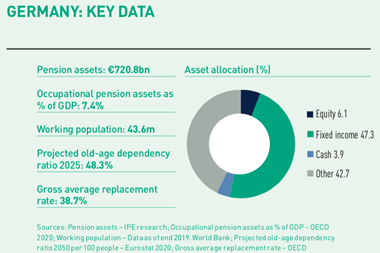Following a decline in life expectancy for both newborns and retirees in the Netherlands, the Dutch association of actuaries has determined this would reduce the amount of reserves pension funds need to hold, resulting in an immediate improvement in funding ratios by about 2%.
According to the new calculations, life expectancy for both men and women born in 2021 has reduced by about a year. Life expectancy for boys born in 2021 will be 89.3 years, while baby girls are expected to live until 91.7. Life expectancy at 65 was reduced by half a year for both men and women to 20 and 22.9 years, respectively.
The lower life expectancy results in a cut to pension funds’ required reserves by about 2%, as members are now expected to enjoy their pensions for a shorter period. Funds with a young population are being affected more than more mature schemes.
The revised life expectancy figures translate into an improvement of funding ratios of appproximately 2% for pension funds with funding ratios of 100%. The lower the funding ratio of a scheme, the more it will benefit from the change.
The news means pension funds with funding ratios around or below 90%, such as the country’s largest funds ABP and PFZW, are now more likely to be able to stave off the threat of rights cuts at the end of the year.
The reduced need for pension provisions also means pension premiums can be reduced by 2.5-3%, the association said.
COVID-19
About two thirds of the adjustments in life expectancy can be explained by change to the model used as actuaries added mortality data from 10 other European countries to make it more stable. The remaining one third of the change is due to higher than expected mortality among the elderly, mainly as a result of a flu epidemic, notably in 2018.
The impact of the COVID-19 outbreak has not yet been accounted for in the new life expectancy forecast. Last month, the national statistics agency CBS reported an 8.9% increase in deaths in the first half of 2020.
According to consultancy Sprenkels & Verschuren, this has led to an improvement of funding ratios by a mere 0.1% so far.









No comments yet